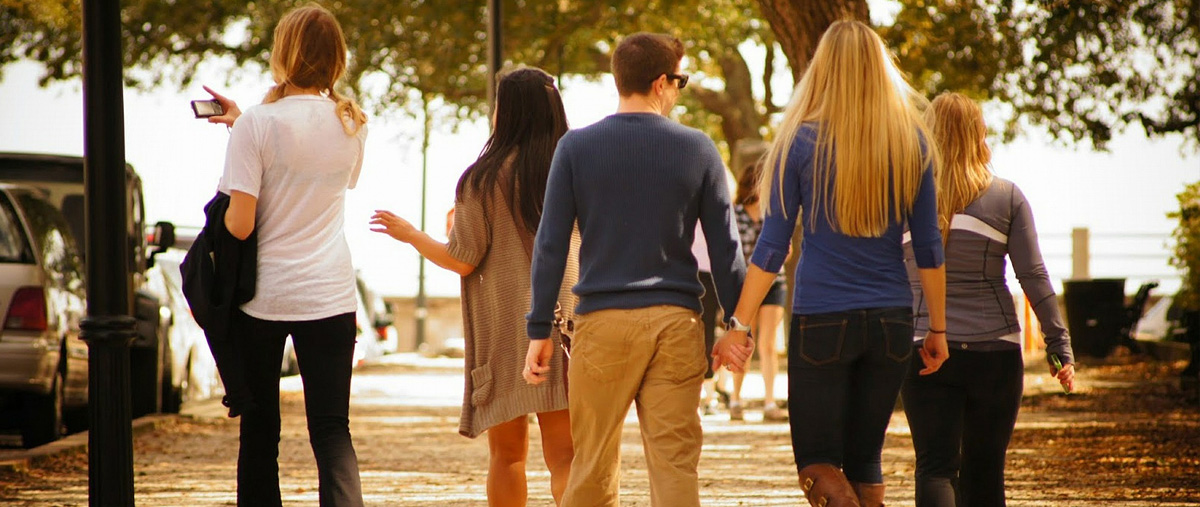There have been several school walkouts over the last few weeks; however, a nationwide protest is planned for March 14, 2018, the one-month anniversary of the shooting that took place on February 14, 2018, at Marjory Stoneman Douglas High School in Parkland, Florida. A march on Washington is scheduled for March 24th. This is a Saturday and will not disrupt school. There is another school walkout planned for April 20th, the 19th anniversary of the shooting at Columbine High School in Colorado. Students are walking out of class to demand tougher gun laws in response to last week's deadly shooting in Parkland, Florida.
The following are some steps to ensure the safety of students and staff in the event of a walkout:
- Keep lines of communication with students and parents open to encourage keeping students on campus.
- Make it clear what, if any, punishment the students could face if they walkout and leave campus.
- Ensure all know the risks regarding safety for students and staff.
- Review your district policy regarding “class disruption” and media, and consider enforcing it as you would any other “disruption” (if you cannot agree to a specific time/place with students).
- Encourage students to work with administration to agree on a plan/location/time for an on-campus demonstration. One example could be a scheduled assembly/rally to allow for this specific discussion to take place in a controlled environment.
- Increase security and police presence.
- Send a notification to students, parents and staff on the district policies and position on walkouts.
- Students do have freedom of speech while they are at school. Schools can place limits on freedom of speech only if it causes a “substantial disruption” at school or infringes on the rights other students or school staff, California Ed Code 48907.
- Adopt a policy to include reasonable provisions for the time, place and manner of conducting demonstrations or freedom of speech activities.
Identifying meaningful and productive strategies for students to make their voices heard is vital for maintaining school safety without disrupting the learning environment. The above are just a few ways to help students understand the many ways they can have their voices heard - from letter writing campaigns and meetings with political leaders to on-campus rallies to which they invite the media and elected officials.


